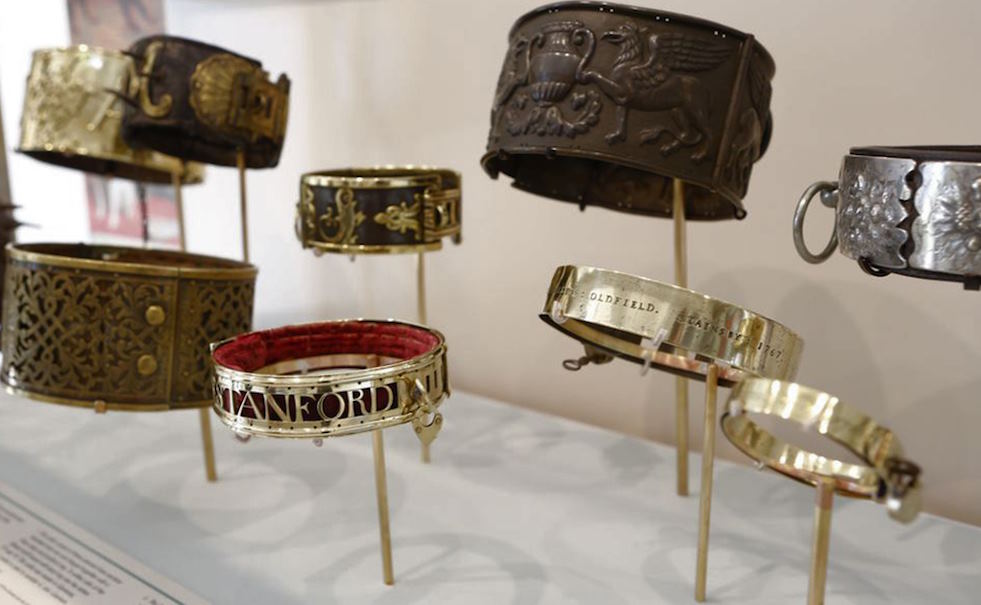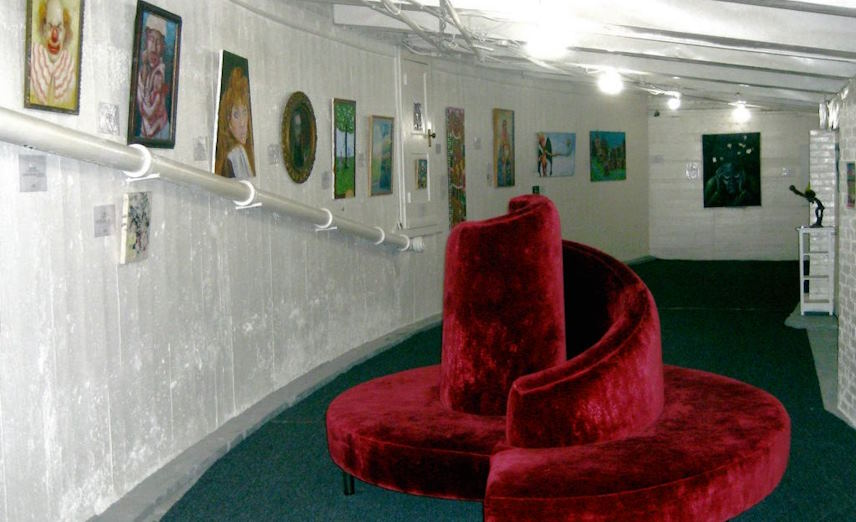Europe’s Quirkiest Museums: Unusual Exhibitions and Curiosities
Europe is renowned for its rich cultural heritage, with magnificent art galleries, historical landmarks, and world-class museums that attract millions of visitors each year. However, nestled amidst the grandeur of renowned institutions, there exists a hidden realm of peculiar and offbeat museums that captivate the imagination and offer a truly unique experience.
The Museum of Broken Relationships (Zagreb, Croatia)
Background and Concept of the Museum
Nestled in the heart of Zagreb, Croatia, the Museum of Broken Relationships stands as a testament to the complexities of human connections. Established in 2010 by two Croatian artists, Olinka Vištica and Dražen Grubišić, this unconventional museum offers a poignant and cathartic experience for visitors. The concept behind the museum is simple yet powerful: to provide a space where people can share the remnants of their past relationships and celebrate the beauty, pain, and ultimate resilience of the human heart.
Highlights of the Museum’s Collection
As you wander through the museum’s exhibits, you’ll encounter an eclectic assortment of objects, each accompanied by a heartfelt story. From handwritten letters to discarded wedding dresses, from shattered ceramics to sentimental trinkets, every item holds a profound narrative of love, loss, and personal growth. The collection is a mosaic of emotions, spanning the spectrum from heart-wrenching to humorous, allowing visitors to connect with the universal experiences of heartbreak, healing, and the transformative power of letting go.
Significance and Visitor Experiences
The Museum of Broken Relationships offers a safe haven for visitors to reflect on their own past relationships and find solace in shared experiences. It serves as a reminder that even in our brokenness, there is strength and resilience. Visitors often describe the museum as a cathartic and deeply emotional journey, as they find themselves immersed in the stories and mementos that resonate with their own experiences. It sparks conversations, evokes empathy, and fosters a sense of connection among strangers who find solace in the collective vulnerability of human relationships.

The Dog Collar Museum (Leeds Castle, England)
Historical Background of Dog Collars
Unveiling the rich history between humans and their loyal canine companions, the Dog Collar Museum at Leeds Castle in England stands as a delightful homage to our furry friends. Dog collars have a fascinating lineage, serving not only as a means of identification and control but also as decorative symbols of status and fashion. Dating back centuries, these collars offer a glimpse into the evolving relationship between humans and dogs throughout different eras and cultures.
Unique Collection and Exhibits
As you step into the Dog Collar Museum, you’re greeted by an extraordinary collection that spans centuries and continents. The museum proudly showcases over 130 rare and unique dog collars, each with its own story to tell. From intricately designed collars made of precious metals to sturdy leather collars adorned with brass studs, visitors are treated to a visual feast of craftsmanship and creativity. The collection also features collars with historical significance, such as those worn by working dogs and military mascots, offering a fascinating glimpse into the roles dogs have played in society.
Connection to the History of Leeds Castle
The Dog Collar Museum finds its perfect home within the walls of Leeds Castle, a historic fortress nestled in the picturesque countryside of Kent. The castle’s long and storied history is intertwined with the presence of dogs, as they were cherished companions to generations of castle residents. The museum’s exhibits not only showcase the evolution of dog collars but also highlight the unique bond between the castle’s inhabitants and their faithful canine friends.

The Museum of Bad Art (Boston, United States, and Dedham, England)
Introduction to the Concept of Bad Art
In the realm of art appreciation, beauty is often in the eye of the beholder. But what about art that falls outside the realms of conventional aesthetics? Enter the intriguing concept of bad art, where the unconventional, eccentric, and downright bizarre take center stage. The Museum of Bad Art, with locations in both Boston, United States, and Dedham, England, embraces the idea that even the most peculiar and questionable pieces deserve recognition and a place in the artistic landscape.
Origins and History of the Museum of Bad Art
The Museum of Bad Art (MOBA) began its journey in 1993 when Scott Wilson, a dedicated collector of curiously terrible artwork, stumbled upon a discarded painting in the trash. Recognizing the peculiar charm in the piece, he rescued it and MOBA was born. Since then, MOBA has amassed a collection of over 800 artworks, each carefully selected for its unique ability to provoke curiosity, amusement, and even bewilderment.
Noteworthy Pieces and Their Peculiarities
Within the walls of MOBA, visitors are treated to a delightful array of artworks that defy traditional notions of skill and aesthetics. From paintings with distorted perspectives to sculptures with questionable anatomy, each piece showcases the audacious creativity of their creators. Noteworthy pieces include “Lucy in the Field with Flowers,” a painting that exudes an otherworldly aura, and “Sunday on the Pot with George,” which challenges the boundaries of artistic subject matter. These peculiarities provoke laughter, contemplation, and a renewed appreciation for the diversity of artistic expression.

